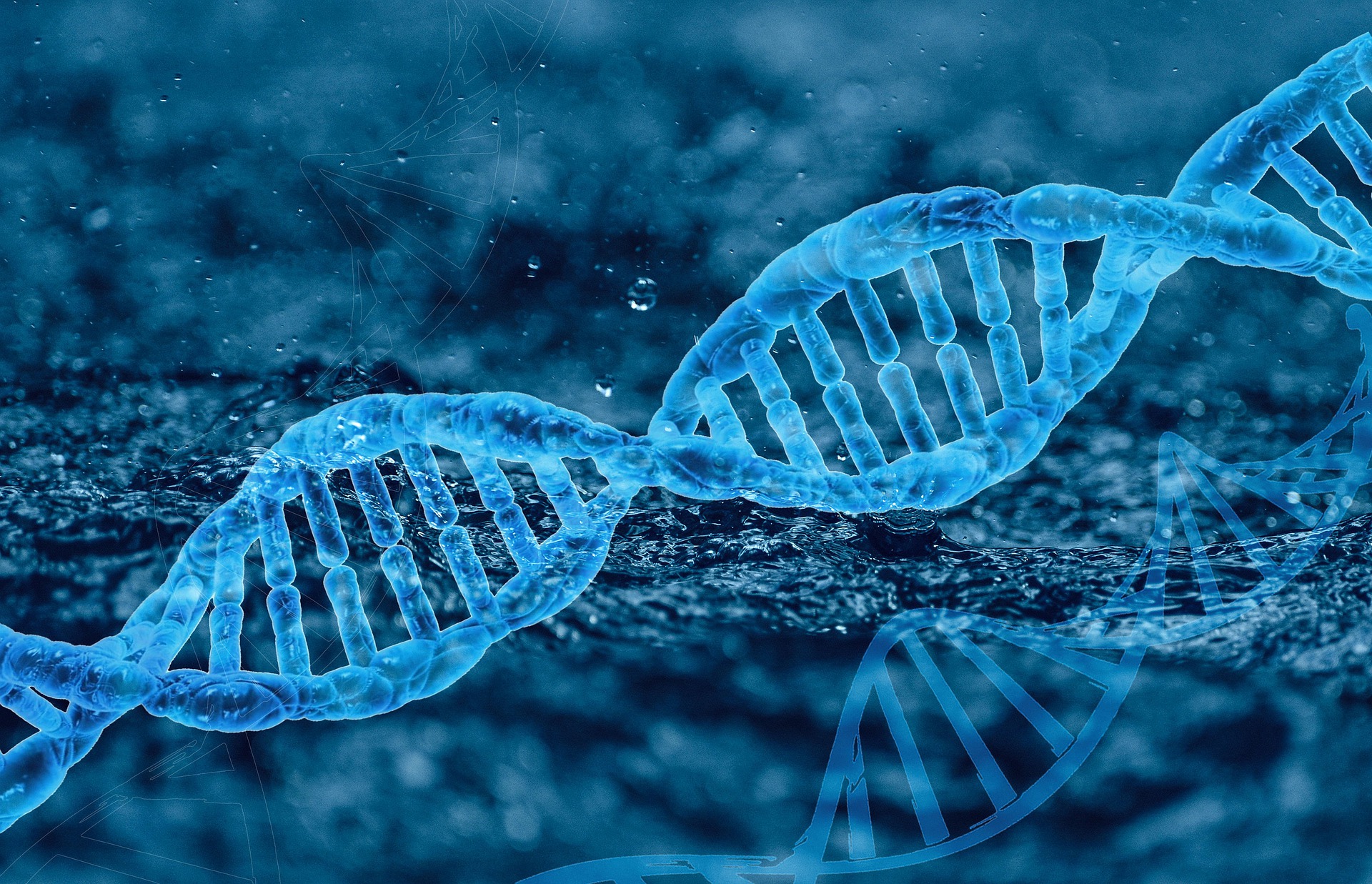In a landmark discovery, Professor Elizabeth Clare, and her team at Queen Mary University of London in the U.K., successfully managed to pull various animal eDNA (environmental DNA) from the air in controlled environments using water filters normally used for processing DNA pulled from aquatic conditions.
The research is aimed at not only evaluating ecological systems for health and biodiversity, but also for detecting invasive species, and monitoring rare and endangered species without disrupting them.
“Environmental DNA is any DNA shed from your body that isn’t tissue that can be taken, like a cheek swab or muscle tissue. It’s found in the wild and we don’t really know the origin — it could be dead skin cells, hair, feces, urine, etc., but it seems to be absolutely everywhere,” says Clare, now an assistant professor in the biology department at York.
Normally found in water sources, eDNA has become crucial to understanding environmental systems and gathering data on human health in a given area. Clare explains that “we’re most familiar with the concept of it now for testing waste waters for COVID-19, but we can go into any lake, river, pond, or ocean and filter DNA out of it to assess aquatic diversity.”
While it has long been possible to find eDNA of land animals through processing soil and honey samples, runoff into rivers, or even spraying water onto tree leaves and sampling the droplets, these processes tend to yield measurements that are “secondary or indirect” as they have survived multiple chances for corruption or contamination.
Clare, in performing research for a survey commissioned by British environmental agencies on the use of eDNA in environmental monitoring, discovered a completely unique study performed by two high school students in Japan who managed to pull owl DNA from the air. After writing to the high school for the students’ methods and receiving no response, Clare and her team, already known for developing other eDNA extraction techniques, devised their own study and methods.
Most imperative was that the eDNA have known and traceable origins in order to confirm that it was successfully pulled from that space; also important was maintaining the eDNA within an area for testing, meaning enclosed spaces were the logical first step.
After having success within naked mole rat tunneling systems and a contained room in which DNA was again successfully pulled from the air — including finding dog DNA carried in by a lab assistant that only cared for the animal on weekends, proving not only that it worked, but that it was sensitive enough to pull eDNA carried in from another source, and only occasionally.
The next challenge was determining if their methods would be effective outdoors as there is so much possibility for loss, contamination, and degradation, or even confusion between sources.
“Because a zoo is a collection of non-native species, there is no other source of that DNA — if you detect tiger eDNA in the British countryside, the only source is that tiger in the enclosure at the zoo. Because the animals in zoos are normally really interesting, charismatic, lovely animals, their DNA is in all the databases and virtually everything already has a representative we can compare against,” explains Clare.
For two months, Clare and her team sampled DNA through all the different enclosures within a local zoo and found traceable and confirmed eDNA of 25 different species.
“About half were expected, but then there was a portion we didn’t expect because we weren’t anywhere near them, their DNA was just mixing in with the environment, then we got diet — stuff fed to the carnivores and were clustered around the cage that was their preference.”
Clare says this method will be particularly useful in the detection and observation of rare animals in comparison to general surveys. “You’re more likely to catch rare stuff with environmental DNA than with traditional survey methods. Two of the big applications of this are going to be things like detecting invasive species and endangered species.”


